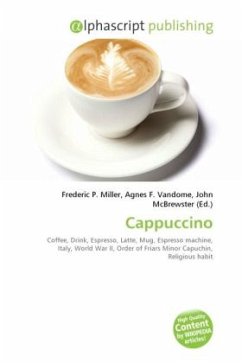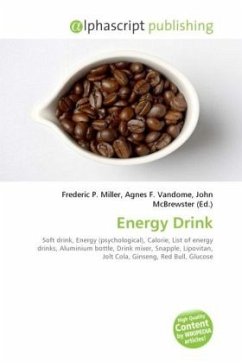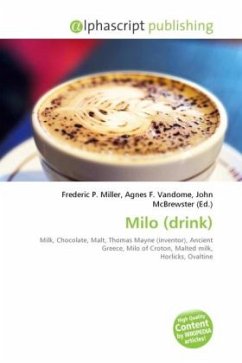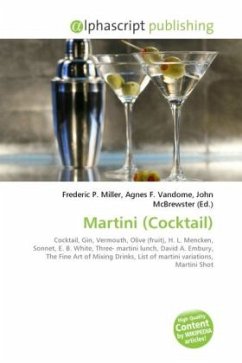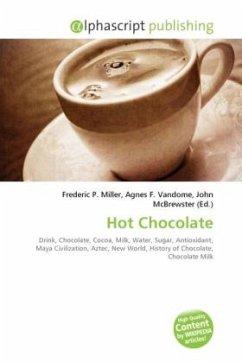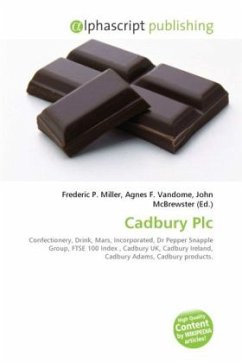Cappuccino is an Italian coffee drink prepared with espresso, hot milk, and steamed-milk foam. A cappuccino as such differs from a caffè latte in that it is prepared with much less steamed or textured milk than the caffè latte, with the total of espresso and milk/foam making up between approximately 150 ml and 180 ml. The European cappuccino often differs in volume from the version found in US commercial coffee chains, as the coffee chain cappuccino is more often served as a 12 oz drink. A cappuccino is traditionally served in a porcelain cup, which has far better heat-retention characteristics than glass or paper. The foam on top of the cappuccino acts as an insulator and helps retain the heat of the liquid, allowing it to stay hotter longer. The first espresso machines used to make cappuccino were introduced at the beginning of the 20th Century, with the first patent being filed by Luigi Bezzera of Milan in 1901. The beverage was used in Italy by the early 1900s, and grew in popularity as the large espresso machines in cafés and restaurants were improved during and after World War II. The cappuccino had developed into its current form by the 1950s.
Bitte wählen Sie Ihr Anliegen aus.
Rechnungen
Retourenschein anfordern
Bestellstatus
Storno

